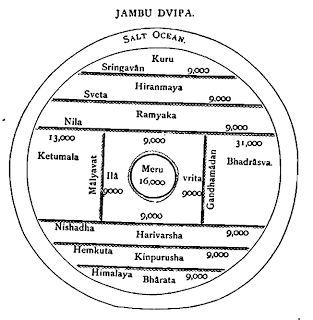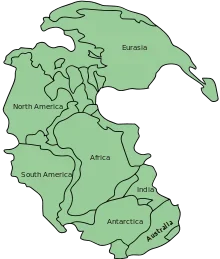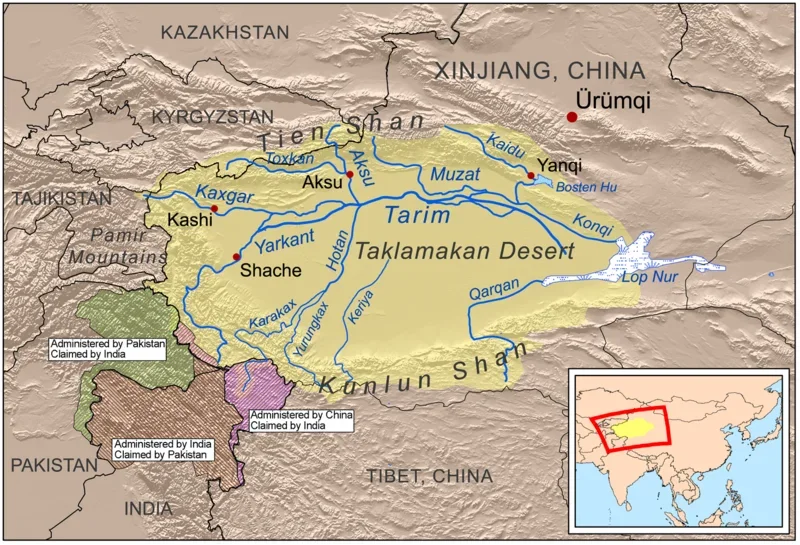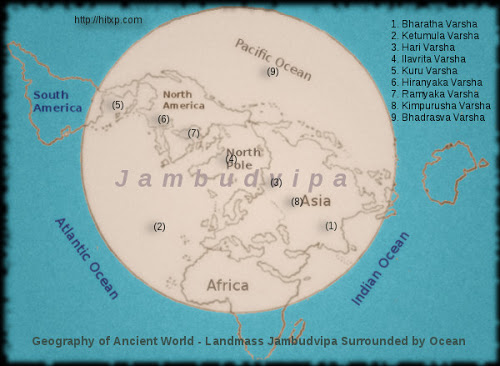
Hindus are unique in preserving their historical and geographical knowledge they have acquired several thousand years ago. During all religious rituals or worship they do announce their intention for the worship in which they say where it is done and when it is done. It is called SANKALPAM in Sanskrit. It is amazing to know their geographical knowledge. They say about their locations. It goes like this: I who live in Jambudwipe….. Bharata Varshe……. Bharat Kande etc. They always say on the banks of which holy river, which holy city, which holy forest area they do it. But Hindus lost much of this wonderful knowledge in the last 3000 years and so they lost the track. Even when they moved to different parts of the earth they were using the same Sankalpa. When you do a thing without proper knowledge and that too in a language (Sanskrit) you don’t know fully, it simply loses its relevance.
Their historical knowledge is also amazing. They say in which Manvatare, in which Sahapte/ year, season, month, Thithi (day) etc in the Sankalpa during every puja/worship. Sankalpa is the intention or purpose or vow one makes before starting a puja/ worship. The Manvantara period takes you back to the remotest time in the earth’s history.
Jambudwipa means the land of Jhambu trees. Tamils also followed the same method and named their land divisions after plants such as Kurinji, Mullai, Neithal, Marutham etc. This shows that Hindus from Kashmir to Kanyakumari thought alike. Please read my earlier post FLOWERS IN TAMIL CULTURE.
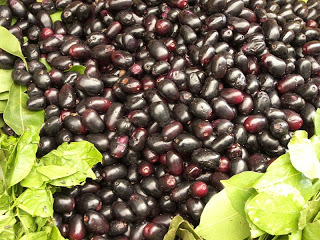
No other religious worship is done like Hindu worship. No one bothers about when it is done or where it is done. Another interesting point is the botanical and ethnic knowledge Hindus have. They named all the areas after an abundant plant or the ethnic people in the area. Jambu, Salmali and such plant names are given to the geographical areas. But Jambudwipa is synonymous with India that is Bharat.. The word Jambu means a tree known by its botanical name Syzigium cumini (Family Myrtaceae). This tree is found all over India. Tamils also translated the word Jambudwipa as Naavalanthivu and used it in their ancient literature. Naaval Pazam means Jambu fruits. Following references are found in the Sangam Tamil Literature:
Purananauru is an anthology of 400 Tamil verses. This forms the oldest part of Tamil Sangam literature. It has got some important references to the tree. One of the references in verse 397 refers to the special type of gold called Jambunadham. Kalidas refers to this Jhambunadam in Ragu Vamsam 18—44. The same is repeated in Sangam Tamil verses (Puram 397 and Thirumurugatru Padai –Line 18).
Since Kalidas’s hundreds of similes were used by 2000 year old Sangam Tamil poets, I have placed Kalidas before the Sangam period. I have written about it in my previous posts comparing Tamil poets and Kalidas.
Following references are found in Tamil about the tree and the Land of Jhambu tress (Jambudwipa): Paripatal 5-8,9 ,Puram 397, 177-11 ,Perum 465 ,Malai 135, Akam 380, Narr 35-2, Thiru 18, Post Sangam Literature: Mani 25—2—12/16, Silambu 17-15
KALIDAS: Megha 19 talks about the Jambu forests. Ragu 18—44 refers to Jhambu land.
Later Tamil poets such as Appar (in marmaatrah thiruth thandakam) use this more times in their poems.
(This article is posted also in Tamil); pictures are taken from other sites.
